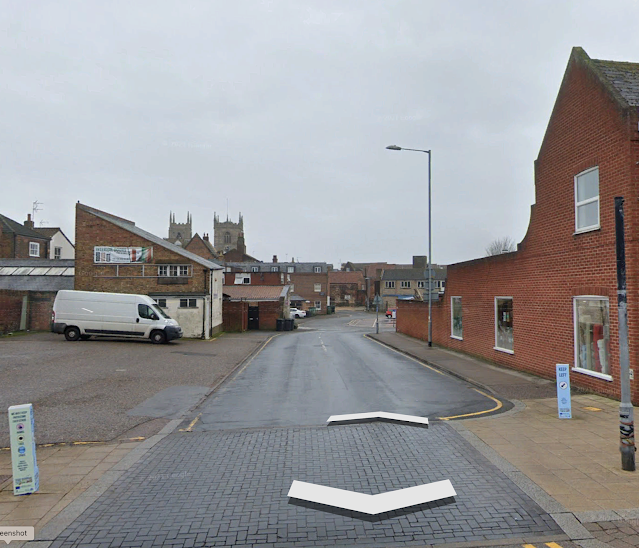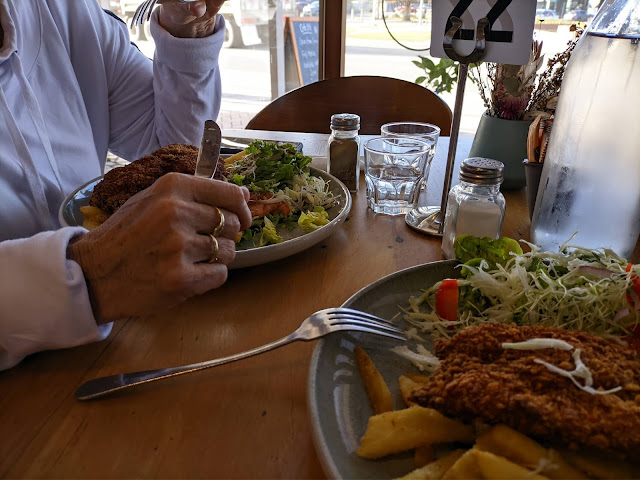I had heard of 'pottering'; I thought it was something usually done in a garden. I may have even engaged in a little pottering without realising it. But the true nature of pottering had eluded me until this year. Now, I am a converted potterer and, like all converts, I am feeling a little evangelical about it.
 |
| Watching things grow, an intrinsic feature of pottering. |
I am still working on a definition of pottering. The dictionary says that pottering is "to move around without hurrying, and in a relaxed and pleasant way." I find that a little unsatisfactory; when I am doing that, I believe that I am "wandering" - something different from "pottering" (though related). What pottering and wandering do have in common is a lack of deadlines and only vague goals. Pottering, it seems to me, is about getting things done, while wandering is about going places - both in a relaxed manner.
So pottering, in my book, is about unhurried, leisurely, work without any demanding deadlines. I can potter in the garden, potter at my lathe, potter with my cameras or potter around in the office. Pottering is discovering the joy of doing something for its own sake. Pottering can be work, but pottering is never a job. My current working definition of pottering: "work at a whim." This seems to be getting close to the whole point of pottering - doing what you want, when you want.
Here's the thing though; by deliberately engaging in pottering these last few months, more things seem to be getting done than by any previous use of goal setting, or to-do lists. Perhaps this sounds a little counterintuitive, but I do seem to be achieving more, simply by doing what I feel like doing at any point in time. It's an idea worth pondering (now there's another related word). Pottering, wandering and pondering - PWP - a more relaxed philosophy for life.
















































